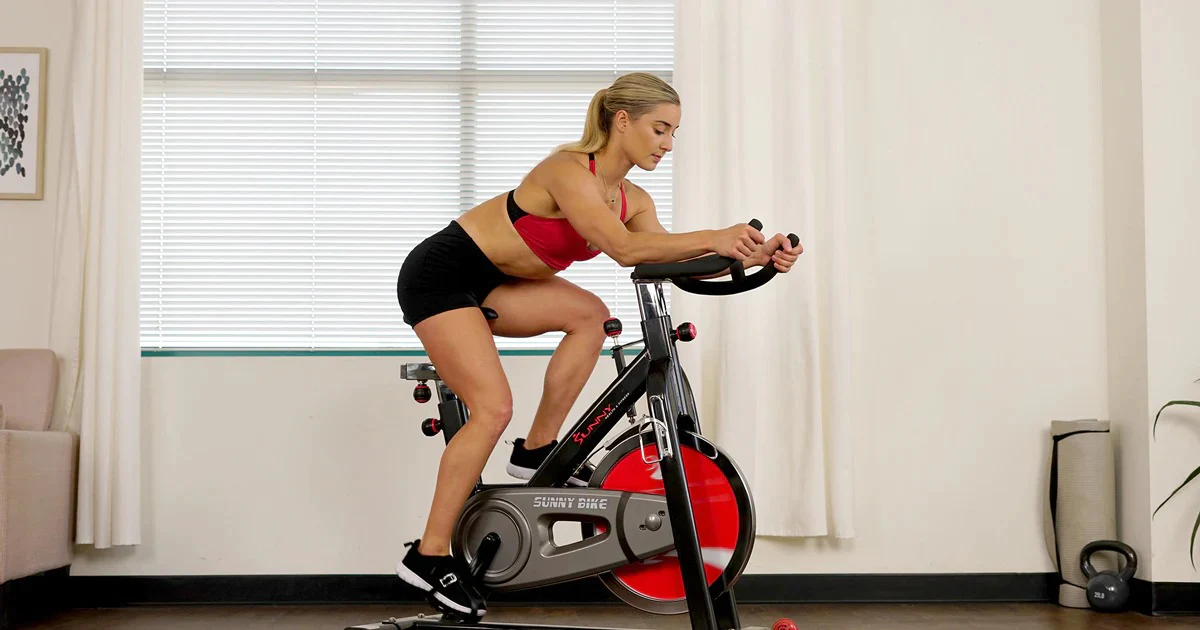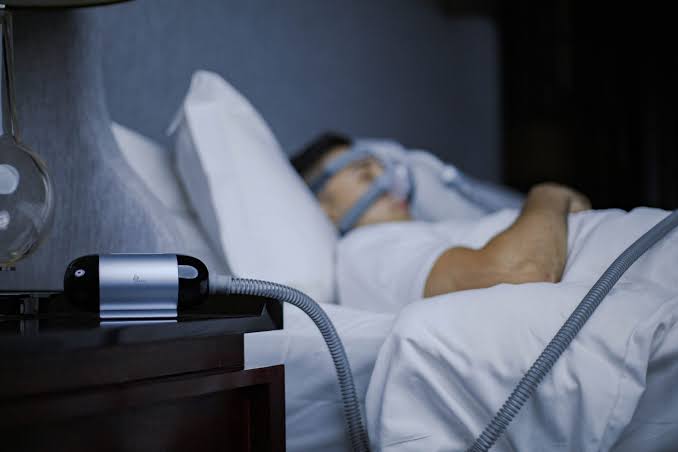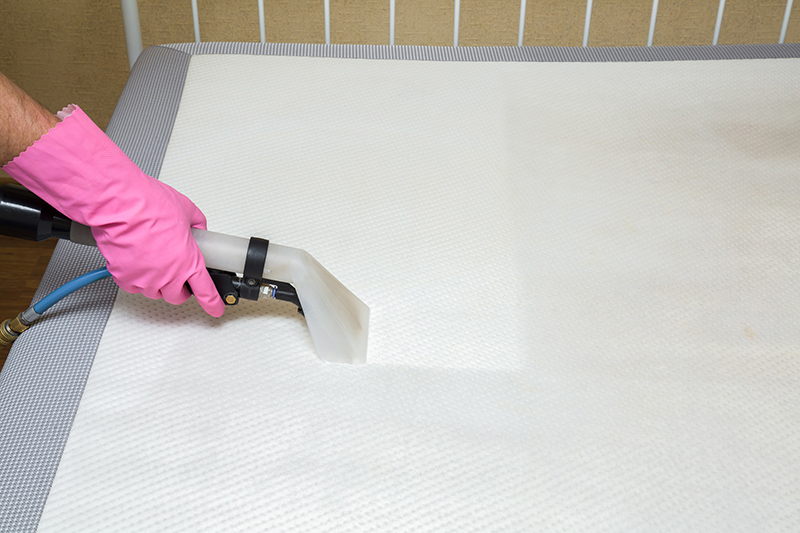Are you suffering from knee pain and considering PRP treatment as an option? Well, you’re not alone. PRP (Platelet-Rich Plasma) therapy has been gaining popularity in recent years as a non-surgical alternative for treating knee injuries. But is it worth the cost?
In this blog post, we’ll explore how prp treatment for knee cost, its benefits for knee injuries, common conditions treated with PRP therapy, factors to consider before undergoing the treatment, where you can get it done, and even compare its cost to other knee treatments. So let’s dive right in and discover if PRP treatment for the knee is truly worth every penny!
How Does PRP Treatment Work?
PRP treatment, also known as Platelet-Rich Plasma therapy, is a regenerative medicine technique that uses the patient’s own blood to promote healing and tissue repair. The process starts with a simple blood draw from the patient, which is then spun in a centrifuge machine to separate the platelets from other components of the blood.
Once separated, the concentrated platelets are collected and injected into the affected area of the knee. These platelets contain growth factors and proteins that help stimulate cell regeneration and accelerate healing. By delivering these concentrated platelets directly to the injured site, PRP treatment aims to enhance your body’s natural healing process.
The procedure itself is relatively quick and minimally invasive. It can be done on an outpatient basis, meaning you won’t have to stay overnight at a hospital. However, it’s important to note that PRP treatment may require multiple sessions depending on your condition and response to therapy.
Some patients report experiencing mild discomfort or pain during or after PRP injections; however, this tends to subside within a few days. It’s also advisable to avoid anti-inflammatory medications prior to treatment as they can interfere with platelet function.
PRP treatment works by harnessing your body’s own healing power through platelet-rich plasma injections targeted at specific areas of injury in your knee joint. Let’s now explore some of its potential benefits for knee injuries!
The Benefits of PRP Treatment for Knee Injuries
- Reduced Pain: PRP injections may help alleviate knee pain by promoting tissue repair and reducing inflammation. The growth factors present in PRP can modulate the inflammatory response, leading to pain relief.
- Enhanced Healing of Tendons and Ligaments: PRP is often used for conditions such as tendinopathies (e.g., patellar tendinopathy) and ligament injuries (e.g., anterior cruciate ligament tears). The growth factors in PRP can stimulate the healing and regeneration of these structures.
- Improved Functionality: By promoting tissue repair and regeneration, PRP may contribute to improved functionality of the knee joint. This is especially relevant for individuals experiencing limitations in movement due to injuries or degenerative conditions.
- Delaying the Progression of Osteoarthritis: In cases of osteoarthritis, PRP injections may help slow down the progression of the disease. The growth factors in PRP can potentially stimulate the production of healthy cartilage, reducing the impact of joint degeneration.
- Minimally Invasive: PRP treatment for knee injuries is generally considered a minimally invasive procedure. This is advantageous compared to more invasive surgical interventions, with potentially shorter recovery times and fewer complications.
- Autologous and Safe: PRP is derived from the patient’s own blood, minimizing the risk of allergic reactions or rejection. This autologous nature makes PRP a safe option for many individuals.
- Potential for Delaying or Avoiding Surgery: In some cases, PRP treatment may be considered as an alternative or adjunct to surgery. It may be particularly beneficial for individuals who want to explore non-surgical options before considering more invasive interventions.
- Long-Lasting Effects: Some studies suggest that the effects of PRP treatment for knee injuries may be long-lasting, providing sustained relief and improvements in function.
Common Conditions Treated with PRP Therapy
PRP therapy has gained popularity as a non-surgical treatment option for various knee conditions. This innovative treatment utilizes the healing power of platelet-rich plasma to promote tissue regeneration and reduce pain. While it may not be suitable for all cases, PRP therapy has shown promising results in treating common knee conditions.
One condition that can benefit from PRP therapy is osteoarthritis, a degenerative joint disease that causes stiffness and pain in the knees. By injecting concentrated platelets into the affected area, PRP therapy stimulates cartilage repair and reduces inflammation, providing relief for patients suffering from osteoarthritis.
Tendon injuries are another common issue that can be effectively treated with PRP therapy. Conditions such as patellar tendinopathy (also known as jumper’s knee) or quadriceps tendonitis often result from overuse or repetitive stress on the tendons. The growth factors present in platelet-rich plasma help accelerate healing and improve tendon strength, allowing individuals to return to their normal activities faster.
Ligament sprains and tears are also candidates for PRP therapy. Whether it’s an anterior cruciate ligament (ACL) tear or a medial collateral ligament (MCL) sprain, these injuries can significantly impact mobility and stability. By injecting platelet-rich plasma directly into the damaged ligaments, it aids in repairing torn tissues and facilitates a quicker recovery process.
Additionally, meniscus tears—one of the most prevalent knee injuries—can benefit from this regenerative treatment option too. Rather than opting for surgery immediately, many patients choose to try conservative treatments like PRP therapy first due to its potential benefits in promoting meniscus healing without invasive procedures.
It is important to note that while research supports the use of PRP therapy for these conditions, individual responses may vary depending on factors such as age, overall health status, severity of injury/condition among others.
Factors to Consider Before Getting PRP Treatment for Knee
Before undergoing any medical treatment, it is important to consider several factors that can help you make an informed decision. The same goes for prp treatment for knee cost injuries. Here are some key factors to keep in mind:
1. Severity of the injury: PRP therapy is most effective for mild to moderate knee injuries or conditions such as tendonitis, ligament sprains, and osteoarthritis. If your injury is severe or requires surgical intervention, PRP treatment may not be sufficient on its own.
2. Cost: While PRP treatment has gained popularity in recent years, it can be quite expensive compared to other non-surgical options. It’s essential to understand the cost implications and whether your insurance covers this type of therapy.
3. Time commitment: Unlike a single injection or pill, PRP therapy often involves multiple sessions over several weeks or months. This may require a significant time commitment and regular visits to the clinic.
4. Recovery period: Following each PRP session, there is typically a recovery period during which strenuous activities should be avoided. You need to consider how this will fit into your lifestyle and work commitments.
5. Success rates and side effects: Although generally considered safe with minimal side effects since it uses the patient’s own blood components; success rates can vary depending on individual response as well as the specific condition being treated.
It’s crucial to consult with a qualified healthcare professional who specializes in regenerative medicine like platelet-rich plasma therapy before making any decisions about pursuing this treatment option for your knee injury.
Where Do You Take PRP Treatment?
If you’re considering PRP treatment for your knee, one of the first questions that may come to mind is where you can actually receive this innovative therapy. The good news is that PRP treatment for knee injuries has gained popularity in recent years, and as a result, there are now many medical professionals offering this procedure.
Your primary care physician or orthopedic specialist should be able to provide recommendations or referrals for reputable clinics or hospitals in your area that offer PRP treatment for knee conditions. It’s important to do your research and find a provider who specializes in regenerative medicine and has experience administering PRP therapy specifically for knee injuries.
Additionally, some sports medicine clinics or rehabilitation centers may also offer PRP treatment as part of their comprehensive approach to treating musculoskeletal injuries. These facilities often have specialized equipment and staff trained in performing PRP injections.
It’s worth noting that not all healthcare providers will offer PRP treatment, so it’s essential to inquire about availability before making an appointment. While the procedure itself is relatively straightforward, it requires expertise and precision during both the preparation of the platelet-rich plasma and the injection process.
When selecting a facility or practitioner for your PRP treatment, consider factors such as their experience with the procedure, patient reviews and testimonials if available, and any additional services they may provide alongside PRP therapy. Remember that finding a qualified professional who understands your specific condition is crucial to achieving successful results from this advanced regenerative technique.
Cost Comparison: PRP vs Other Knee Treatments
When it comes to treating knee injuries, there are various options available. One of the most talked-about treatments is Platelet-Rich Plasma (PRP) therapy. But how does the cost of PRP treatment compare to other knee treatments? Let’s take a closer look.
Traditional treatment methods for knee injuries include physical therapy, medication, and even surgery in severe cases. While these approaches can provide relief, they may not always address the root cause of the problem.
On the other hand, PRP treatment utilizes your body’s own healing abilities by injecting concentrated platelets into the affected area. This promotes tissue regeneration and accelerates recovery naturally. Although this innovative approach has gained popularity over recent years, it is important to consider its cost compared to alternative treatments.
The cost of PRP treatment varies depending on several factors such as location, clinic reputation, and expertise of medical professionals administering the procedure. However, it is generally considered more expensive than traditional methods due to its advanced technology and specialized equipment involved.
Despite being pricier than some alternatives initially, many individuals find that PRP therapy offers long-term benefits that outweigh its higher upfront cost. Unlike medications or temporary solutions like painkillers or cortisone shots which often require ongoing use or repeated injections for symptom management with associated costs each time.
Conclusion
PRP treatment for knee injuries can be a worthwhile option for those seeking effective and natural healing. While it may come with a higher cost compared to other treatments, the potential benefits and long-term results make it a compelling choice.
PRP therapy harnesses the power of your body’s own cells to stimulate healing and promote tissue regeneration. It has shown promise in treating various knee conditions such as osteoarthritis, tendonitis, ligament injuries, and more. By injecting concentrated platelets into the affected area, PRP therapy aims to accelerate the body’s natural healing process.
Before opting for PRP treatment, it is important to consider factors such as your specific condition, overall health status, and expectations. Discussing these aspects with an experienced healthcare professional will help determine if PRP therapy suits you.
While cost comparison between PRP treatment and other knee treatments may vary depending on factors like location and healthcare provider fees, it is essential not to solely base your decision on financial considerations. The potential benefits of reduced pain, improved mobility, and enhanced quality of life should also factor into your decision-making process.










Leave a Reply